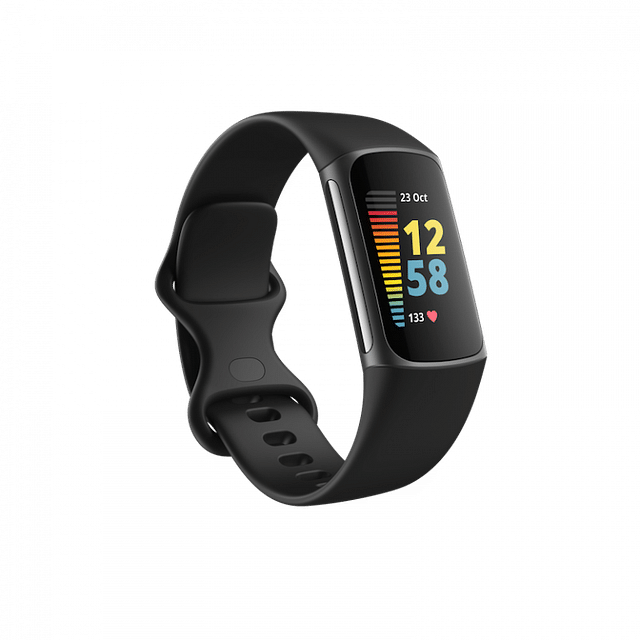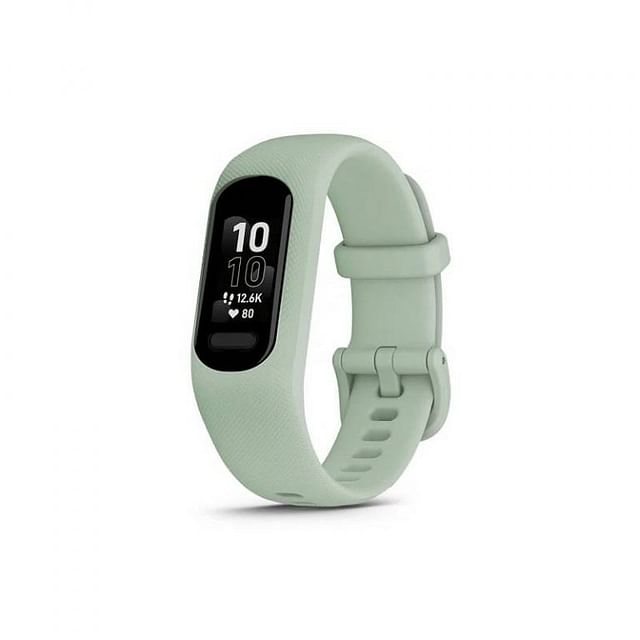Is the 10,000 steps a day target myth or maxim?


Long touted as the sweet spot for health, 10,000 steps a day is a widely promoted fitness goal. It’s even the requisite for many health initiatives, including Singapore’s very own National Steps Challenge (NSC), first introduced by the Health Promotion Board (HPB) in 2015 to encourage citizens to be more physically active.
To put things in perspective, 10,000 steps translate into roughly 8km, and with the typical walking speed of the average adult pegged at about 5km per hour, it’ll take approximately one hour and 40 minutes to hit that target.
While it’s certainly doable (HPB’s records show that about a third of the 350,000 participants of NSC2 managed to clock 10,000 steps a day at least five times a week), it might not be the most practical goal for many in Singapore — a country that is the fourth-most overworked city in the world, according to the latest study conducted by American security solutions company Kisi.
So should we worry that we’re not hitting that magic number? As it turns out, no.
Firstly, there’s the fact that the “10,000 steps a day” advice isn’t rooted in science. It began as a catchy marketing slogan for Manpo-kei, a pedometer introduced by Japanese manufacturer of healthcare equipment Yamasa Tokei Keiki Co. in 1965. Then there’s the recent scientific research that backs a far lower daily step count — between 4,000 and 8,000 — for notable health benefits.
For instance, a 2019 study led by Dr I-Min Lee, a professor at the Harvard T.H. Chan School of Public Health, found that, on average, taking approximately 4,400 steps a day lowered mortality rates in women aged between 62 and 101 by 41 percent, compared to those who took around 2,700 steps daily. This figure progressively decreased until it levelled off at 7,500 steps a day. In layman’s terms, there is no significant health benefit to amassing more steps than that daily.

Alvin Goh, chiropractor at Orchard Health Clinic, highlights that there’s also the pace at which one walks that needs to be considered. “There’s a difference between casual walking, brisk walking and sprinting for the same step count,” he explains. “So it’s more feasible to use step count as a stepping stone towards the World Health Organisation’s recommended minimal 150 to 300 minutes of moderate-intensity or 75 to 150 minutes of vigorous-intensity aerobic physical activity per week—or an equivalent combination of both.”
If brisk walking isn’t already in your daily routine, it’s important to ease into things to prevent injuries that result from pushing too hard, says Jim Webster, sports scientist at sports and fitness training company Coached.
“Take the stairs instead of the escalator or lift. Or walk whilst brushing your teeth,” he suggests. “Through being sedentary, we naturally adopt muscular imbalances. Postural muscles weaken as a result, which can lead to an increased risk of injury when you suddenly start exercising.”
Thus, the real objective is to prevent a sedentary lifestyle, which is often associated with health conditions such as cardiovascular disease, diabetes and obesity. Goh agrees, adding that stretching yourself beyond your current physical limits or walking incorrectly can result in lower back strain, ankle sprains, hip bursitis, runner’s knee, shin splints, Achilles tendinopathy and plantar fasciitis — just some of the common conditions he has observed in clients who are avid walkers.

Both Goh and Webster also emphasise the importance of good footwear while clocking your steps, with Webster suggesting a consultation with a podiatrist to have custom insoles made to enhance comfort. Maintaining a pace comfortable for you, staying hydrated and paying attention to your surroundings all go a long way in helping to prevent injuries associated with walking as well.
To help keep up the walking habit, Webster recommends starting small (so you don’t get intimidated) and coming up with a routine that you can maintain. “Structure breeds consistency,” he says, “so start with structuring your week with smaller step count goals and gradually build it up as your confidence grows. Set a target date to hit your ultimate daily step goal and hold yourself accountable.”
A journey of a thousand miles begins with a single step; take your first now towards a healthier, more active you.



This article was first published in Harper's Bazaar Singapore.